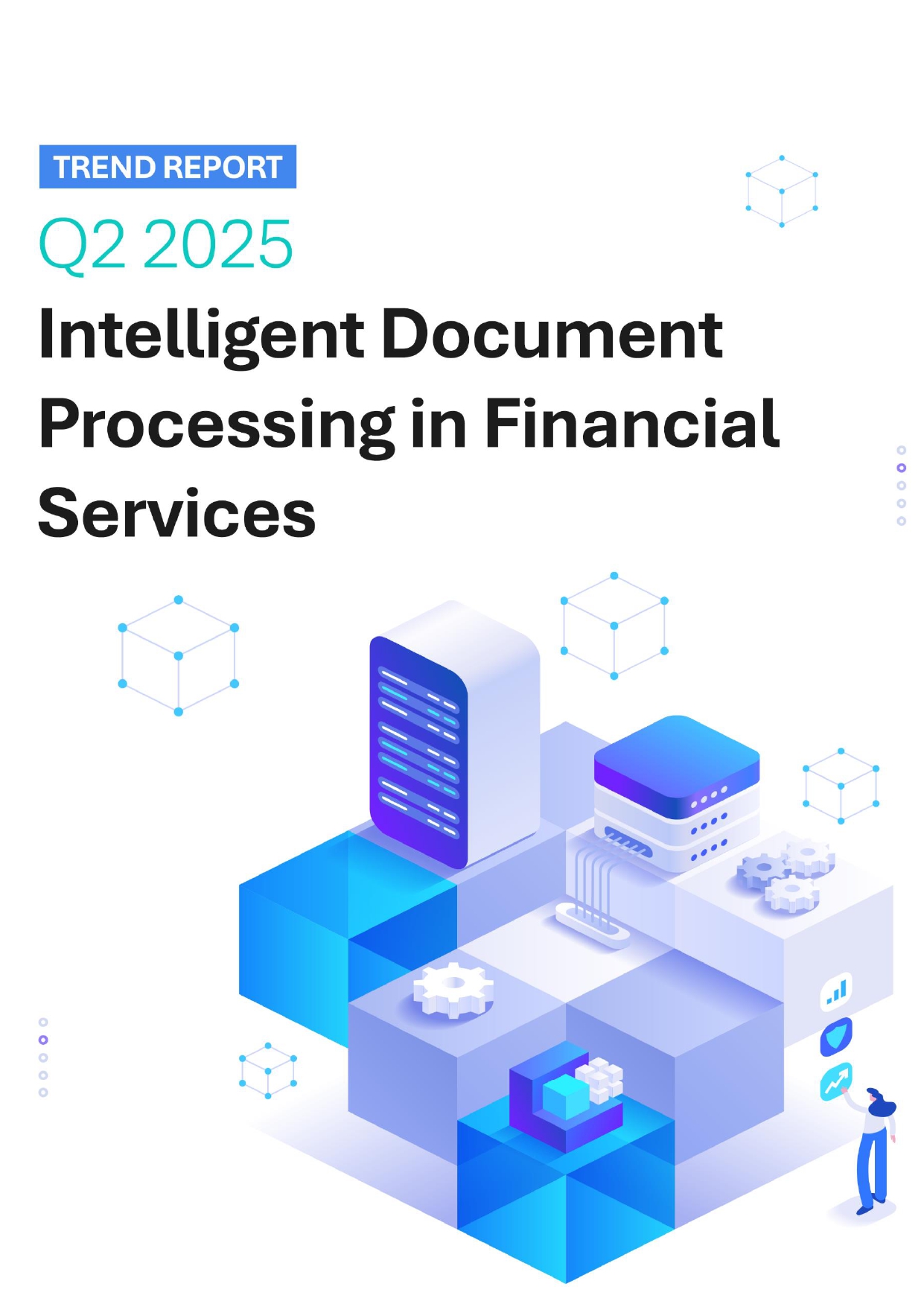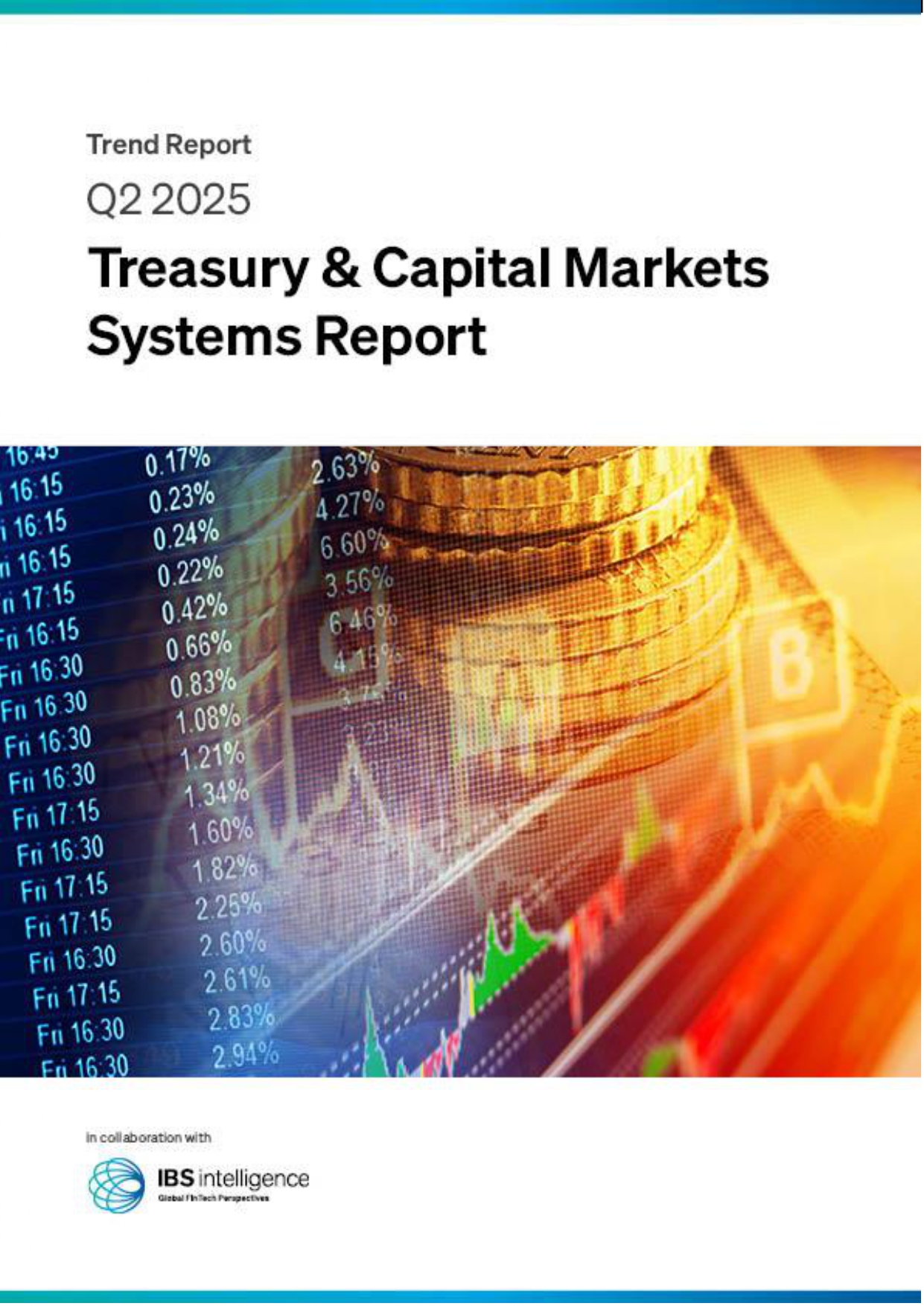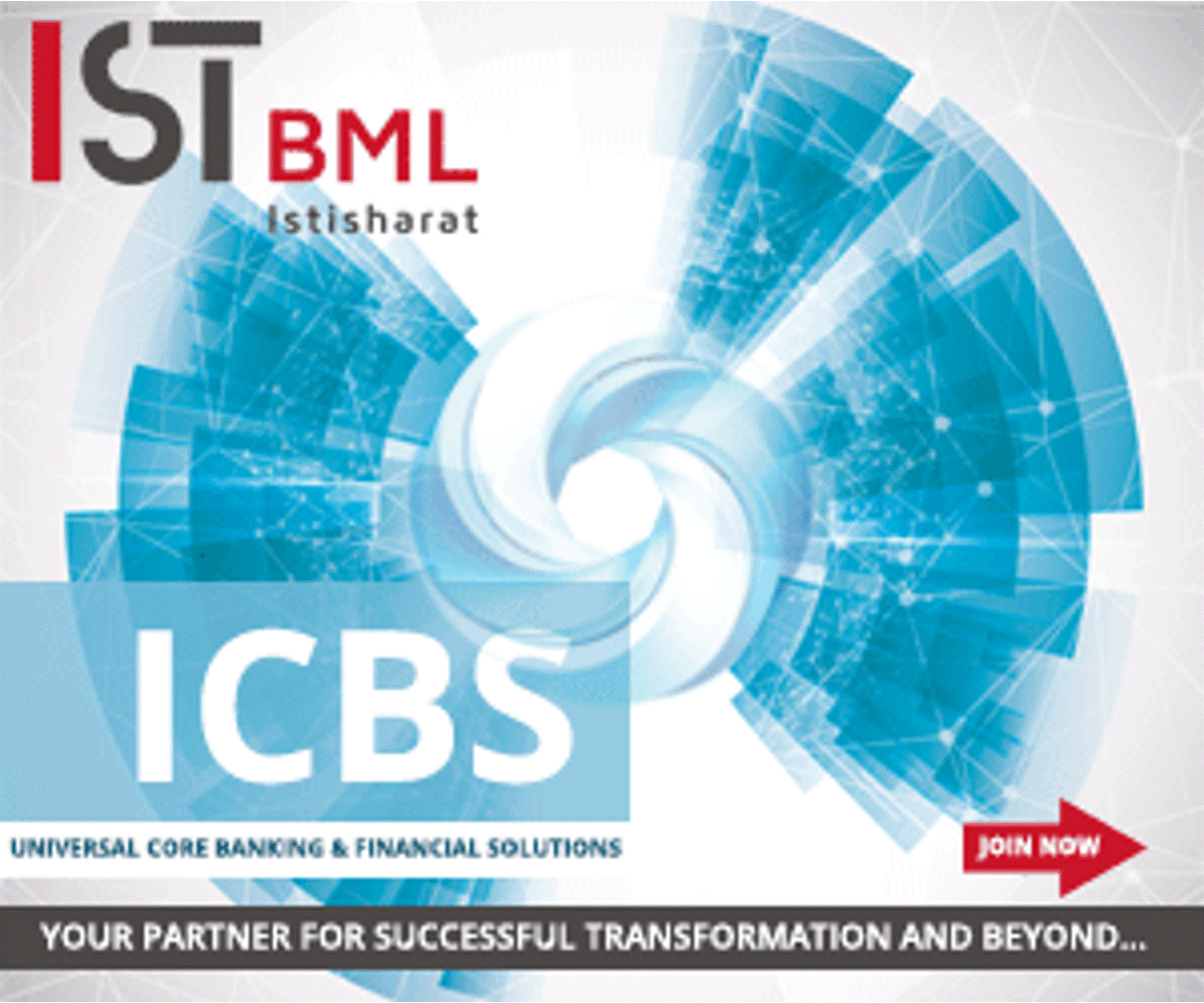 Back
Back
Regulatory scrutiny and liquidity tightening will hit FinTech in 2023
By Puja Sharma
Investors into the country’s FinTech space which has drawn heavyweights from Warren Buffett’s Berkshire Hathaway to Masayoshi Son’s SoftBank Group Corp, in the past few years, are getting more diligent as global financial conditions tighten.
In 2023, FinTech Industry is expected to see many trends accelerate. Embedded finance is rapidly gaining momentum and big tech’s banking interest is increasing pressure on legacy players. As consumers’ expectations for digital experiences continue to grow, financial players must rise to meet them – though digital transformation will come with compliance and regulation challenges. Across the coming year, Banking-as-a-Service (BaaS) is set to evolve and overcome some of its previous limitations while in the world of digital payments, it looks like ‘super apps’ are here to stay.
As reported by IBS Intelligence India is emerging as the 3rd largest FinTech ecosystem globally. The report states that, as of end-Sept 2021, the Indian FinTech sector has received over $23.7 billion of funding, giving rise to 10 Unicorns like Razorpay, CRED, Pinelabs, Policybazar; 170 mini corns, and 52 unicorns.
The accelerated growth in this space has been driven by factors like high internet penetration (845M+ internet users); expectations of adding 140 million middle income & 21 million high-income households by 2030; and favorable government initiatives like Digital India, India Stack (Open API Platforms), Startup-India, Aadhaar, etc.
According to Rakesh Pozhath, partner at consulting firm Bain & Company, India’s $50 billion FinTech industry will face tougher regulatory scrutiny and tighter liquidity next year, leading to higher capital costs, as per the Bloomberg report.
Investors into the country’s FinTech space which has drawn heavyweights from Warren Buffett’s Berkshire Hathaway Inc to Masayoshi Son’s SoftBank Group Corp, in the past few years, are getting more diligent as global financial conditions tighten. That has intensified the competition for capital, Pozhath said.
“Investors are looking at the bottom line and topline actual monetization numbers and not just growth numbers in terms of several customers, the value of loans disbursed,” Pozhath, who has worked with global and Indian payment infrastructure providers, said. “No one is underwriting those metrics anymore.” That could result in a higher cost of capital for smaller fintech firms next year, as they aim to become non-banking companies to continue lending to customers, he said.
Indian FinTechs, largely in the payments and lending space, has attracted roughly $35 billion in funding since 2000, and about $10 billion of it came in 2021, according to a recent report. Fundraising in the first half of 2022 of $4.2 billion was lower than a year earlier, the report said.
“This year, the Indian regulator, spurred by fraud and malpractice instances in the fintech lending space, stepped up its oversight to regulate it through a series of guidelines, forcing platforms to rethink their business models. You will see a lot of investment going into risk and compliance departments,” Pozhath added.
IBSi FinTech Journal

- Most trusted FinTech journal since 1991
- Digital monthly issue
- 60+ pages of research, analysis, interviews, opinions, and rankings
- Global coverage
Other Related News
Related Reports

Sales League Table Report 2025
Know More
Global Digital Banking Vendor & Landscape Report Q2 2025
Know More
NextGen WealthTech: The Trends To Shape The Future Q4 2023
Know More
Intelligent Document Processing in Financial Services Q2 2025
Know More



